Last weekend, I tried a new type of naturally leavened bread: Salt Rising Bread. It’s known for having the texture of a delicate cake and the flavor and aroma of a funky cheese. It very much lived up to these descriptions. The starter and dough were super smelly and the final bread tasted faintly cheesy, mostly through the aroma. I might do it again, and if so, will add more salt to the dough.
Salt rising bread is leavened from a Clostridium perfringens bacteria starter and it produces hydrogen gas, as opposed to sourdough’s saccharomyces yeast/lactobacillus combo and carbon dioxide gas. The starter can be a milk-cornmeal concoction or a sliced potato and wheat flour mix. I did the latter.
This bread is from the Appalachian region of the U.S. and I read that the earliest written recipe for it dates back to 1750.
Salt has nothing to do with the rising of salt rising bread, and theories around the name for the bread have to do with burying the starter in salt to keep it warm and/or the historic precursor to baking soda, called Saleratus. I learned that from this interesting blog post:
I had heard of this bread, but got intrigued and tempted to make it when Abe, a Breadtopia fan from the UK, sent me a fascinating article about it and a how-to video of Mary’s Nest. I learned that some strains of this bacteria, Clostridium perfringens, cause gangrene and most foodborne illnesses in the U.S. yikes!
Also last week, the NYTimes cooking section profiled this bread with the cornmeal starter. Salt-Rising Bread: A Delicious and Nearly Lost Tradition
Thanks to last December’s panettone making, I have a temperature controlled box, which miraculously can hold a steady 105-110F, the high temperature this starter and bread need.
It seemed high time I give this bread a go.
Here’s the YouTube video of Mary’s Nest; you can also find the written recipe on her website.
In the video, she quotes Peter Reinhart saying,
“I must admit that I have fallen under the spell of salt rising bread. Like an expensive white truffle, the earthly aroma and flavor are intoxicating.”
Yep.
Here are my photos from the experience. There is a starter, a sponge, then the dough. I was slicing potato at 7pm and measuring the internal temp of the finished bread at noon the next day.
211F internal temperature, by the way, and Clostridium dies at 185F ![]()

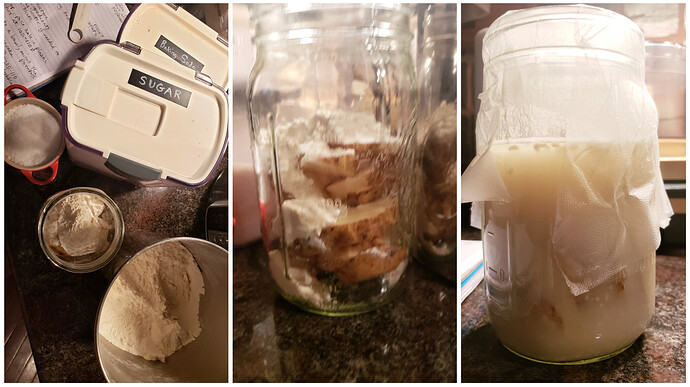
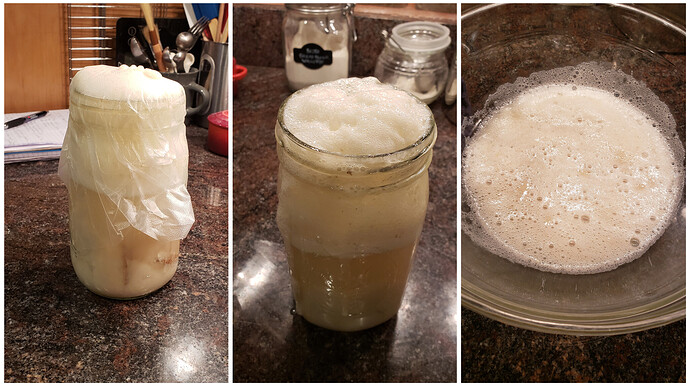

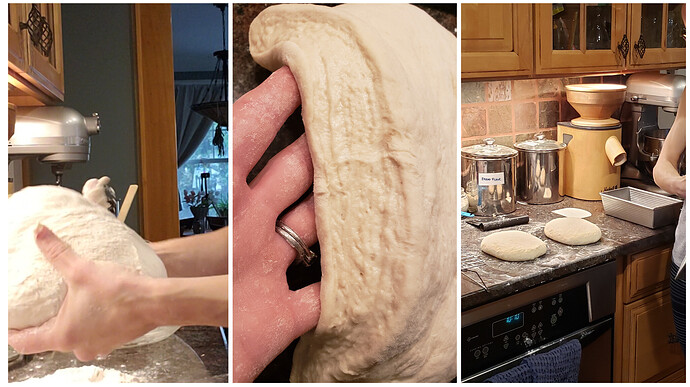
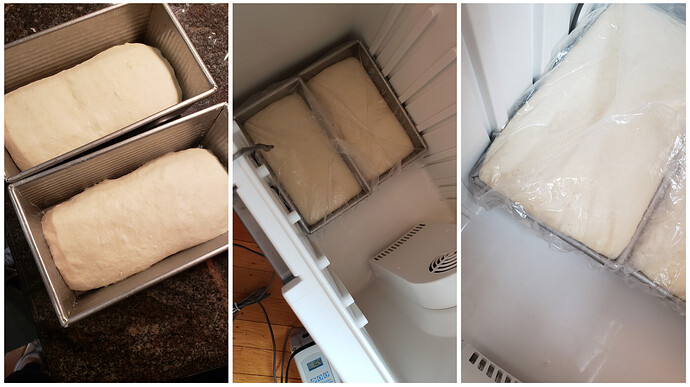
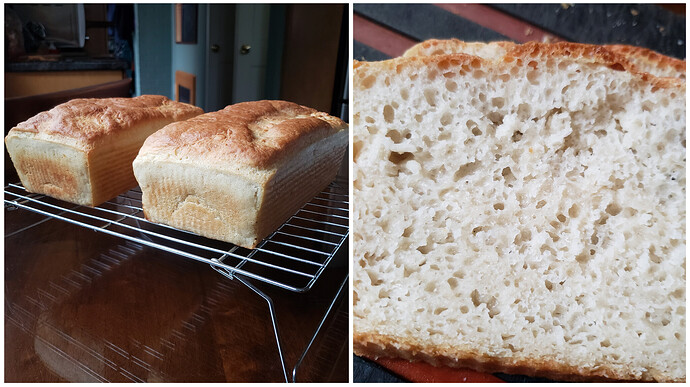
 Well, non-dairy if you use the potato starter, not the milk-cornmeal one.
Well, non-dairy if you use the potato starter, not the milk-cornmeal one.